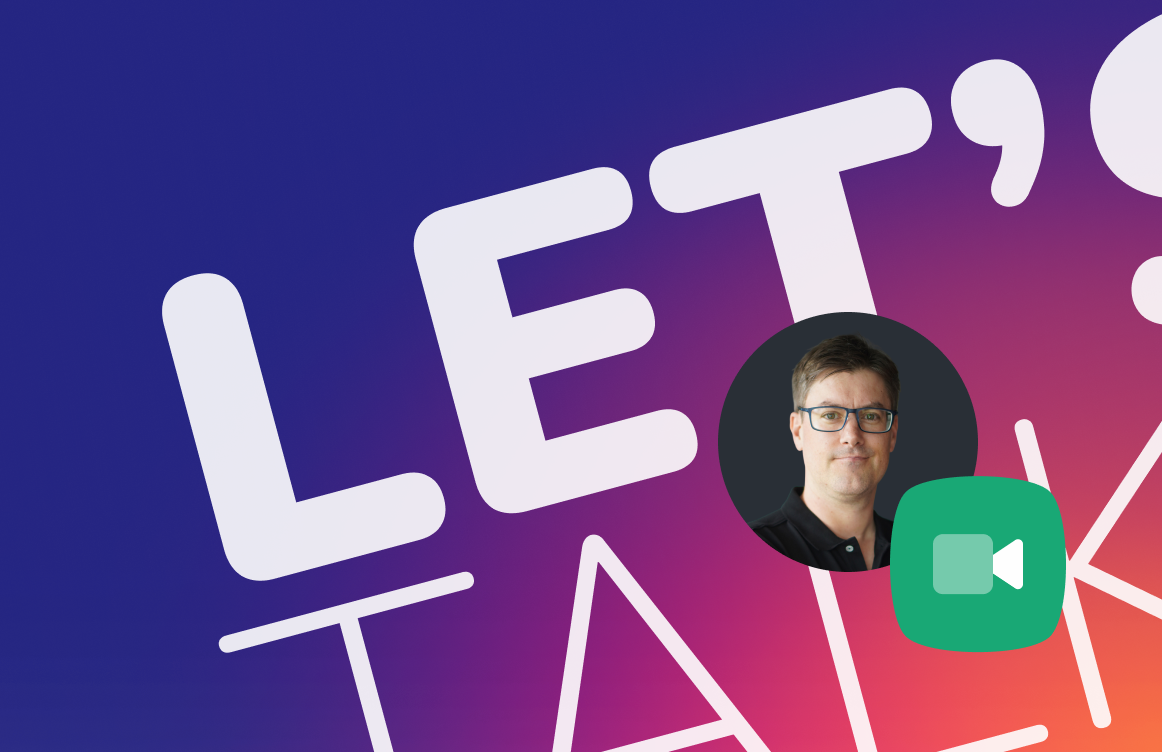
The topic of web accessibility is becoming increasingly important, particularly due to legal requirements such as the European Accessibility Act (EAA). It is now more important than ever for companies to make their digital offerings accessible to everyone. But what does web accessibility mean in concrete terms, what requirements need to be met and how can a modern web front end help? In this blog post, we answer these questions and show you how you can make the process a success.
Understanding new EU web accessibility regulations for 2025
The European Accessibility Act (EAA) requires certain products and services to be accessible by 2025. This applies in particular to websites, mobile apps and other digital platforms. The new requirements are based on the Web Content Accessibility Guidelines (WCAG) and demand compliance with at least Level AA.
The directive is aimed at public bodies and private companies that offer certain services, including e-commerce, financial services and communication platforms. Companies that do not meet these requirements risk not only legal consequences, but also the loss of market share and customer trust.
The importance of web accessibility
Web accessibility is much more than a legal obligation - it is a key to opening up new markets and promoting inclusion. Accessibility ensures that people with disabilities can use your website without any problems. For example, blind or visually impaired people who rely on screen readers, or people with motor impairments who use special input methods.
The advantages of accessibility are manifold:
Expansion of the target group:
You can potentially reach millions of additional users who would otherwise be excluded from your digital offerings.
Improved user experience:
An accessible design is often easier and more intuitive to use for users without disabilities.
SEO benefits:
Accessible websites are usually better structured, which has a positive effect on search engine rankings.
Studies show that around 15% of the world's population live with a disability, which represents a huge number of potential customers. By integrating accessibility into your digital offerings, you not only promote your company's social responsibility, but also create an inclusive environment that strengthens your brand perception and customer loyalty.
You can read more about the benefits of accessibility and why it's important for your business in our previously published blog post Why accessibility matters and how you can benefit from it.
The different levels of accessibility: A, AA, AAA
The Web Content Accessibility Guidelines (WCAG) define three levels of conformance for accessibility:
Level A:
This is the lowest level and ensures the basic requirements. Websites at this level must provide access for people with the most common disabilities.
Level AA:
This level includes additional requirements that improve usability for a larger group of people. This is the recommended minimum level for most companies and institutions.
Level AAA:
This is the highest level and meets the most stringent accessibility requirements. However, this level is considered difficult to implement and is not realistic for all websites.
For most companies, Level AA is the appropriate standard as it offers a good balance between accessibility and feasibility.
Common web accessibility pitfalls and how to avoid them
Despite the importance of accessibility, there are still many pitfalls that companies should avoid when implementing it:
Insufficient planning:
many companies see accessibility as an afterthought, rather than integrating it into the development process from the beginning. This can lead to increased costs and delays.
Ignoring user feedback:
Companies that ignore feedback from users with disabilities miss out on valuable insights that could lead to better solutions.
Lack of team training:
Without sufficient accessibility knowledge, developers and designers cannot create truly accessible products.
To avoid these pitfalls, it is important to consider accessibility as an integral part of the design and development process from the outset, utilize user feedback and ensure that everyone on the team has the necessary knowledge.
Practical strategies for creating outstanding user experiences for all
Creating accessible websites requires a thoughtful and practical approach. Here are some strategies you can incorporate into your projects:
User-centered design:
focus on the needs of all users by applying inclusive design principles from the start. This includes using clear and simple language, sufficient contrast, and intuitive navigation elements.
Test with real users:
Test your digital offerings with people who are dependent on accessibility. This will give you valuable insights and allow you to further improve your products.
Using a headless CMS:
A modern web frontend based on a headless CMS offers flexibility and enables the implementation of accessible designs that can be easily adapted and scaled.
How a modern web frontend based on a headless CMS contributes to accessibility
A modern web frontend based on a headless CMS (content management system) can make a significant contribution to achieving accessibility. A headless CMS separates the backend, in which the content is managed, from the frontend, which displays this content. This enables a high degree of flexibility in the design and development of the user interface, which makes it easier to meet accessibility standards.
Advantages of a headless CMS in the context of accessibility:
Flexibility:
The separation of content and design makes it possible to develop accessible templates that can be easily customized.
Performance:
Modern front ends offer improved loading speed and an optimized user experience, which is particularly important for users with limited internet connections or special technical aids.
Central management:
Content can be maintained centrally and made accessible on different platforms at the same time, whether on websites, mobile apps or other digital channels.
Further information
Web Accessibility – do it right, don't get sued! (on-demand webinar)
How Storyblok can help you create accessible content (video)
We support you with the implementation
Accessibility is not just a legal requirement, but an opportunity to maximize the reach and impact of your digital offerings. Contact us today to find out more about how we can help you integrate accessibility into your projects and meet the requirements of the European Accessibility Act. Leverage our expertise to create a truly inclusive digital experience that appeals to all users equally.
Contact us and let's shape the future of accessibility together!



